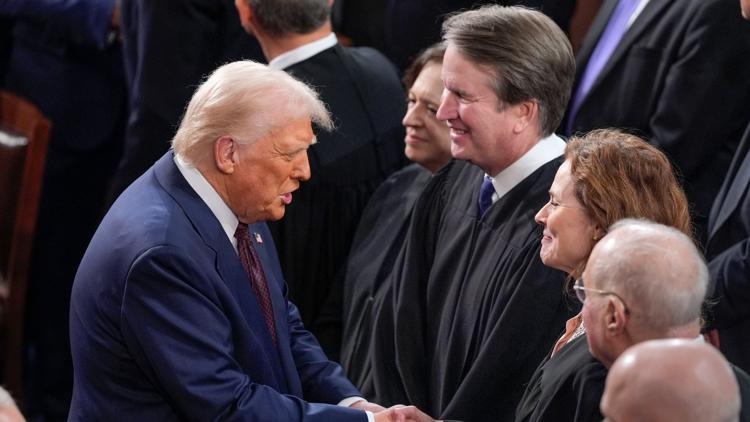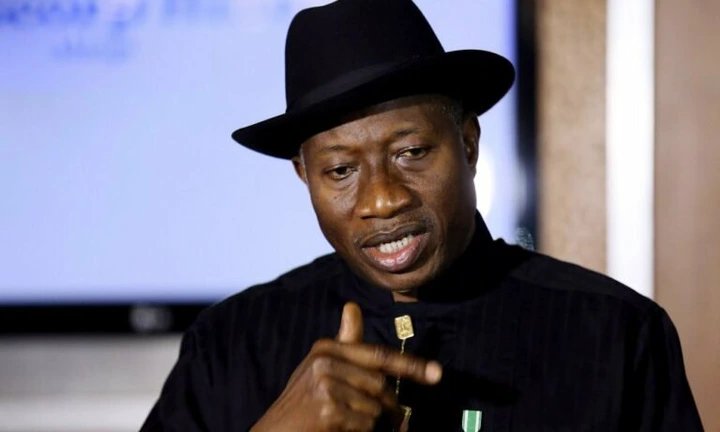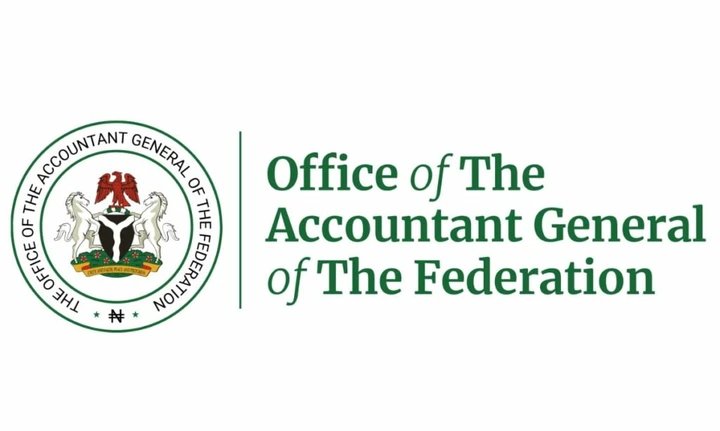News
The U.S. Supreme Court Just Cut The Mic – Here Is Why That Should Worry You

The US Supreme Court on Friday, June 27, 2025, issued a landmark 6-3 decision that significantly curtails the authority of federal district judges to issue nationwide injunctions against presidential actions.
Online media sources report that with this decision, it delivered a major procedural victory to President Donald Trump and reshaping the balance of power between the judiciary and the executive branch.
Background: The Case and Its Stakes
The ruling stems from a high-profile challenge to President Trump’s executive order aimed at ending birthright citizenship for children born on US soil to non-citizen parents.
Several federal district courts had previously blocked the order from taking effect nationwide, arguing it violated the 14th Amendment.
This 14th Amendment supposedly guarantees citizenship to all persons born or naturalized in the United States.
The Trump administration appealed to the Supreme Court.
They contended that lower court judges had overstepped their constitutional authority by issuing broad, nationwide injunctions that halted federal policies far beyond the plaintiffs involved in the lawsuits.
The Supreme Court’s Decision
In the majority opinion authored by Justice Amy Coney Barrett, the court ruled that federal judges may not issue injunctions that apply to individuals or groups beyond those directly involved in the case.
“Federal courts do not exercise general oversight of the Executive Branch; they resolve cases and controversies consistent with the authority Congress has given them,” Barrett wrote.
She emphasized that when a court finds the executive branch has acted unlawfully, “the answer is not for the court to exceed its power, too”
The three liberal justices dissented, warning that the decision could weaken the judiciary’s ability to check presidential overreach and protect constitutional rights on a national scale.
Implications for Presidential Power
This ruling has sweeping implications for the ability of federal courts to halt controversial executive actions, not only under Trump but for future presidents as well.
The decision effectively prevents a single district judge from blocking a president’s policies across the entire country.
Observers say this is a tool that had become increasingly common in recent years to stop executive orders on issues ranging from immigration to healthcare and civil rights.
Now, injunctions must be limited to the parties who brought the lawsuit.
This means that unless a Supreme Court ruling is issued, presidential orders can proceed in most of the country even if challenged in court.
This could make it more difficult for opponents of executive actions to achieve immediate, nationwide relief.
Trump’s Reaction: ‘A Monumental Victory’
President Trump celebrated the decision as a “giant win.”
He stated that it would allow his administration to advance a “comprehensive list” of policies that had been stalled by judicial orders.
In a briefing following the ruling, Trump said, “Due to this ruling, we are now in a position to likely initiate actions on many policies that have been unjustly halted on a national scale.
“This includes issues such as birthright citizenship, eliminating funding for sanctuary cities, pausing refugee resettlement, freezing unnecessary expenditures, preventing federal funds from covering transgender surgeries, and a variety of other priorities for the American populace.
“We have an extensive list”.
Attorney General Pam Bondi also hailed the ruling.
He noted that the Supreme Court had “directed district courts to cease the continuous flood of nationwide injunctions targeting President Trump.”
Bondi also vowed that the Justice Department would continue to defend the president’s right to implement his policies.
Criticism and Concerns
Critics, including the court’s liberal justices and civil rights advocates, argue that the decision could embolden presidents to push the boundaries of executive authority.
This is with presidents knowing that legal challenges will be slower and less likely to result in immediate nationwide blocks.
Justice Sonia Sotomayor, during oral arguments, questioned how judges could quickly stop clearly unconstitutional acts affecting millions if they could not use nationwide injunctions.
The ruling reportedly does not address the underlying constitutionality of Trump’s birthright citizenship order, which remains unresolved.
Instead, it focuses on the procedural question of judicial authority.
It leaves open the possibility of further legal battles as the administration moves forward with its agenda.
Conclusion
Friday’s Supreme Court decision marks a pivotal moment in the ongoing struggle over the limits of presidential power and the role of the judiciary.
By restricting the use of nationwide injunctions, the court has handed President Trump a significant victory and set a precedent that will shape the legal landscape for years to come.
As the administration signals its intent to move swiftly on stalled policies, the ruling’s impact will be closely watched across the political spectrum.
For Diaspora Digital Media Updates click on Whatsapp, or Telegram. For eyewitness accounts/ reports/ articles, write to: citizenreports@diasporadigitalmedia.com. Follow us on X (Fomerly Twitter) or Facebook












